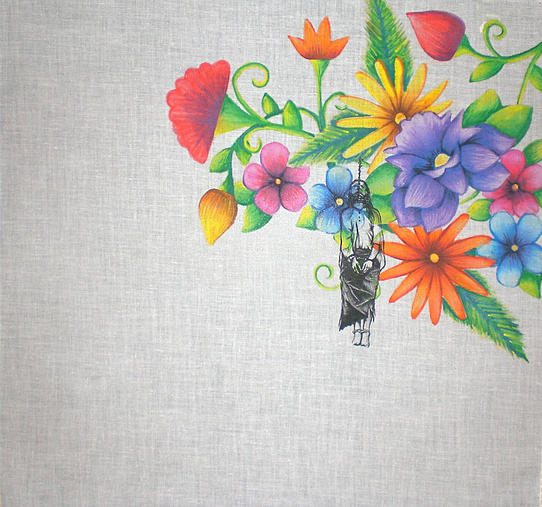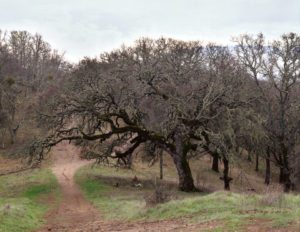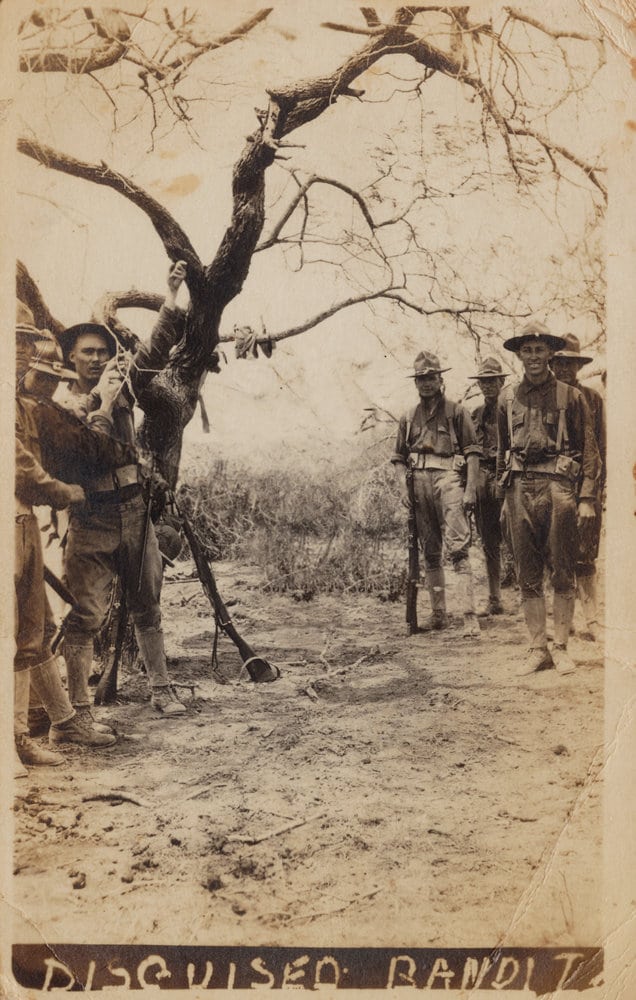In February 2015,the Equal Justice Initiative released a monumental report summing up five years of research related to lynching in the South. The report compiled an inventory of close to 4,000 victims from only 12 states over a 73 year period. The report titled, “Lynching in America: Confronting the Legacy of Racial Terror,” outlined the years between the Civil War and World War II (1877 to 1950), when lynchings were violent public acts, largely tolerated by state and federal officials to subjugate a people. According to the report’s author, Bryan Setvenson, unlike lynching of white men, public hangings were often used to maintain Jim Crow laws. Black men were often killed without due process, the justice system was deemed too good for them. The report’s main goal; however, was to begin a necessary conversation to confront the injustice and inequality that continues to impact modern day race relations.
The document confirmed that many of those murdered had not even been accused of a crime and that lynchings were more prevalent that previously thought, uncovering several hundred previously undocumented names. Most alarming; however, is the fact that the history of these travesties in all of the subject states, are not acknowledged, discussed, or addressed in any way. Unlike the markers that attempted to moralize the Civil War, such as the Alabama Confederate Monument that sits on Montgomery’s Capitol Hill, commemorating the 122,000 citizens who fought for the Confederacy, you will not find a single monument dedicated to those unjustly murdered in lynchings. See Full Report.
This report, although valuable, focused on only the racial terror lynching targeting African American populations. The other targeted racial and ethnic minorities including Native Americans, Italians, Chinese, and Mexicans continue to be overlooked.
X
icana- Tejana artist, Natalia Anciso has roots in the Borderlands of Texas spaning four generations. She explained, “Growing up, I heard stories about the ‘Rinches,’ who often took the law into their own hands and lynched Tejanos along the Border.” However, she found the education she received in Mercedes, TX did not include reference to these oral histories. She said, “I would later discover that the ‘Rinches’ were the Texas Rangers,” but even as a graduate student it was difficult to find images or references specific to Texas. She thought,
It was as if these events were erased from Texas history, despite the fact that these events were indeed lived, and that knowledge of these events were passed on within the consciousness of Tejanos, generation by generation.
For her series, The Pinches Rinches, she recontextualized the historical references she was able to find and the oral histories passed down by her own family to retell the forgotten history of her borderland home.


A
rtist and scholar, Ken Gonzales-Day, has also addressed the history of lynching in the South in several projects over the years. His series titled Erased Lynching (2000-2015), features century-old postcards from public hangings uncovered in his research, but if you’re not paying attention, you might miss his subtile commentary. By digitally editing the once graphic mementos, the work mirrors his findings, a glaring absence of Latino representation in the documented history of the American West.
Gonzales-Day began his research in 2000. Although there were a number of books that attempted to document lynching in the United States, when the artist decided to focus on the Western region, were he resides, he uncovered many inconsistencies with data. He dissected more than 350 cases and assessed that Latinos and Mexican Americans specifically, were more likely to be lynched than any other racial, ethnic or national group.
In the series Hang Trees, Gonzales-Day presents the sites of historic lynchings as traditional landscape photography. For the series he traveled to most of the sites he documented in his book, Lynching in the West: 1850-1935. He recalled,
I retraced the steps of the lynch mob and vigilance committee and these photographs have become an irrefutable record of my journey. Standing at these sites, even the most beautiful landscape is un-done…the photographs have come to symbolize points of resistance in a vast landscape…I have documented the empty space that lies between the historically unseen body of the lynch victim and my own unseen body.



More Reading:
When Americans Lynched Mexicans- 2015- The New York Times
Lynchings in the West, Erased from History and Photos- 2012- The New York Times
The Law of the Noose: A History of Latino Lynching, by Richard Delgado
The History of Anti-Mexican Violence and Lynching- Latino USA- March 2016
Diana Ledesma is an arts professional living in New York City. She obtained her masters from New York University in Spring 2016, completing her thesis on the status of the Mexican American art market.

